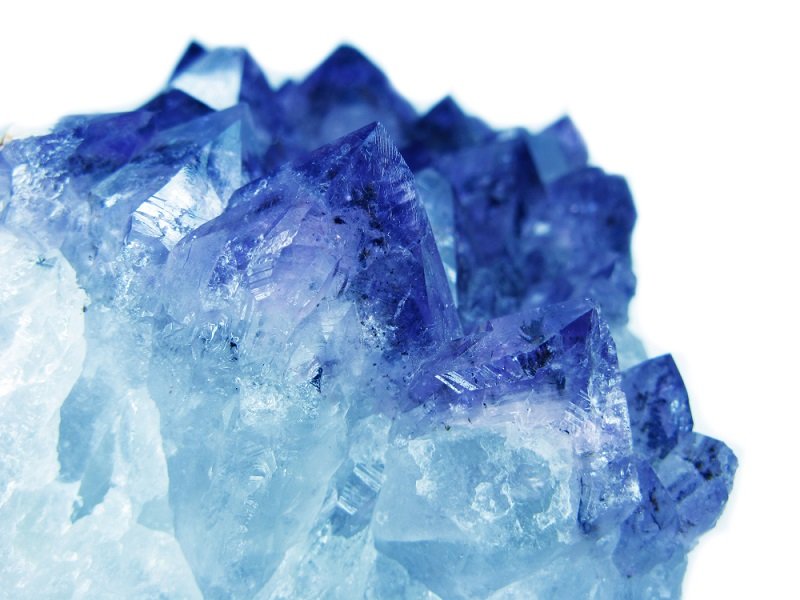

When this lava cools down, it turns into volcanic glass. Since the molten magma cools quickly, typically while the volcanic eruption is happening, the period becomes too limited for the bonds in the SiO 4-chains to split apart and form ordered structures of crystallized silicates. However, the relation of to relies heavily on the amount of water in the lava itself. Moreover, these also contain hydrogen atoms in hydroxyl groups (-OH) in abundance. These flexible molecules are negatively charged.

This silica turns the lava more viscous, and also plays a vital role in the formation of quartz crystals. Another reason behind this viscosity is the high amount of silica present in the rock itself. This viscosity is a direct result of flexible molecules that tend to swim through the lava. If you have ever seen lava before it is turned into molten rock, you must have wondered about the reason behind its viscosity. However, there are no SiO 2 molecules in igneous rocks that serve as the founding elements for quartz crystals. Moreover, these rocks also contain negatively charged anions, such as: Igneous rocks, such as molten rocks, are a mixture of positively charged metal cations: These quartzes later turn into quartz crystals via the hydrothermal process due to: These quartzes are either present before the rocks are formed, or are developed along with other minerals when the rocks are being formed. Macrocrystalline Quartz is among the most important elements for the formation of igneous rocks, such as silica-rich molten rocks or pegmatites.

How Do Quartz Crystals Form in Igneous Rocks? Let’s take a look at how quartz crystals are formed in all three different environments. In general, these quartz crystals utilize the hydrothermal process to add molecules to their surface and grow layer by layer. Watery solutions of silica under high temperatures and pressures.Pegmatites during the pneumatolytic processes.

Silica-rich molten rock when it is cooling down and solidifying.Quartz Crystals are formed via the hydrothermal process and can be found in three different geological formations. The chemical formula for quartz crystal is SiO 2. This term was derived from the Ancient Greek word “kruos,” which means “icy cold.” Together, these words became Quartz Crystal in the English language. The term “ quartz” comes from a German word, “Quarz,” which means “hard.” On the other hand, the Ancient Greeks called quartz “krustallos.” Quartz can form during extreme metamorphic conditions. Also, quartz forms by precipitation from silica-rich hydrothermal solutions in veins and vugs. Quartz crystallizes during the last stages of igneous rock formation. Magmatic quartz forms as a result of silica-rich magma solidification. If you are interested in checking out beautiful quartz crystals for sale you can find them by clicking here (Amazon link). You will also learn the conditions necessary for the formation of quartz crystals at high pressures. Moreover, you will also learn the chemical formulae that go behind creating these crystals. Today, you will learn the different geological environments of quartz crystals, and how these are formed in those locations. They differ by color, structure, and form of occurrence. Quartz has the greatest amount of varieties. It can be of igneous, metamorphic, and sedimentary origin. It forms under a huge span of mineral-forming conditions and can be found almost everywhere on Earth. However, the process that forms quartz crystals is highly complex and requires immense pressure to form these crystals over the course of years. Quartz is the 2 nd most abundant mineral found in Earth’s crust and is also considered to be the crystalline form of silicon dioxide. It takes years to form this mineral under intense pressure. Quartz is a hard and crystalline mineral that consists of two oxygen and one silicone atom. As an Amazon Associate, I earn from qualifying purchases with no additional costs for you.


 0 kommentar(er)
0 kommentar(er)
